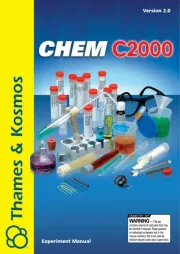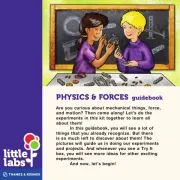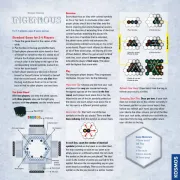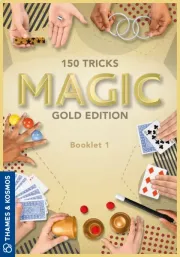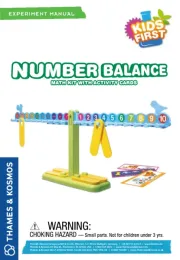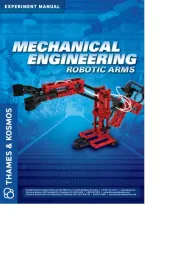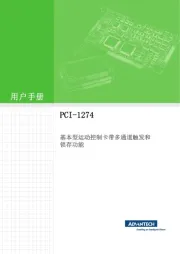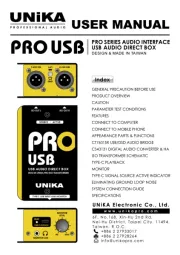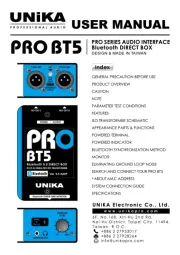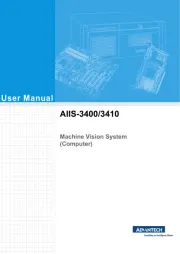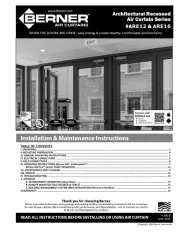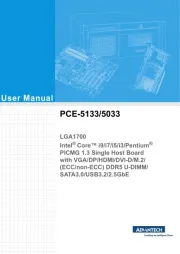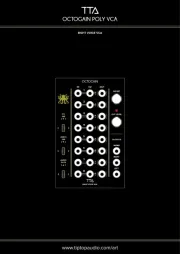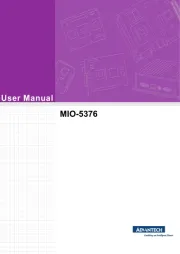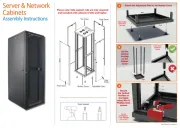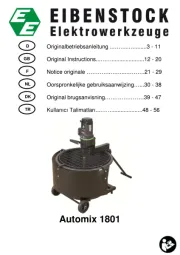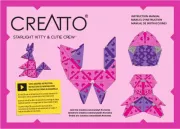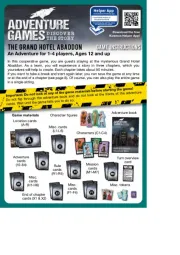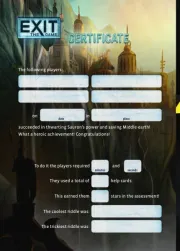
Your homemade paper will be 100% recycled. As
your raw material, you will just need newspaper,
toilet paper, paper towels, or paper napkins.
Also get your other required equipment ready: an
old bowl, as shallow as possible, or a plastic basin,
and an old cotton cloth (e.g., a dishcloth).
Tear a sheet of newspaper or several sheets of
paper towels in the smallest pieces you can, and
put them in an old bowl or a basin. Add about one
liter of warm water. If you like, you can also add a
spoonful of powdered laundry detergent, which
will make the paper a little brighter.
Lay the screen insert into the paper molding tray,
and place one of the pieces of netting on top of it.
Thoroughly stir the fiber pulp one more time
and completely submerge the tray in the bowl or
basin. Now lift the tray, keeping it as horizontal as
possible, up to the surface of the thin pulp, and try
to distribute the paper fibers as evenly as possible in
the tray by carefully rocking it back and forth. Now
you can pull the tray completely out of the basin.
Now lay the second piece of
netting on top of the paper pulp
in the paper molding tray and
stroke the yellow pressing tool
over it. This pushes the water out
of the paper pulp and compresses
When you can’t push any more
water out, tip the tray over a dry
cloth and push the screen out of
Release the screen insert. Now take the press-
ing tool again and press your paper between two
Finally, you will have to carefully pull away the
two pieces of netting. It might take a little practice.
Now your homemade paper will just need a little
This is how you can gradually work through your
paper pulp until it is all used up and you have made
If your first result doesn’t quite measure up to what
you’re expecting, try it again! You’ll soon get the
hang of it with a little practice.
The ink in newspaper will turn the paper grey.
If you want to make brighter paper, just use the
unprinted edge of the paper. Paper towels or white
paper napkins will also produce bright paper.
Plastic bowl, cotton cloths (old dishrags or similar
rags), powdered laundry detergent, water, hand
mixer, newspaper, paper towels, toilet paper,
napkins, and other scrap paper
Warning! — This set contains chemicals
that may be harmful if misused. Read cau-
tions on individual containers carefully. Not
to be used by children except under adult
Only for use by children 8 years of age and
older. Use only under careful supervision
of adults who have familiarized themselves
with the kit’s written safety precautions.
A Note to Parents and Supervising Adults
Please stand by your child’s side in the
paper-making process, providing support
and company to him or her as needed.
Read through the instructions together
before beginning the experiments, and
follow them. Please be sure that no small
pieces get into the hands of young chil-
dren. Provide your child with any required
household items that are not contained in
the kit, and encourage your child to repeat
an experiment if the initial results don’t
1st Edition © 2008 Franckh-Kosmos Verlags-GmbH & Co. KG, Stuttgart, Germany
This work, including all its parts, is copyright protected. Any use outside the
specific limits of the copyright law is prohibited and punishable by law without the
consent of the publisher. This applies specifically to reproductions, translations and
microfilming and the storage and processing in electronic systems and networks.
We do not guarantee that all material in this work is free from other copyright or
Layout and design: komuniki – Michael Schlegel, Würzburg; Text: KOSMOS; Photos:
VDP – Verband Deutscher Papierfabriken e.V. [Association of German Paper
First English Edition © 2010 Thames & Kosmos, LLC, Providence, RI
® Thames & Kosmos is a registered trademark of Thames & Kosmos, LLC.
Translation: David Gamon; Editing: Ted McGuire; Additional Graphics and Layout:
Distributed in North America by Thames & Kosmos, LLC. Providence, RI 02903
Phone: 800-587-2872; Email: support@thamesandkosmos.com
Printed in China / Imprimé en Chine
Caution! — Dye tablets: The dye tablets are non-
toxic, but as a precaution they should not be
ingested. Avoid contact with eyes and mouth.
Find a quiet work area and cover the work surface
so that any accidentally spilled water won’t cause
any damage. The ink from the newspaper and resi-
due from the dye tablets can cause stains too.
Keep small children and animals away from the
Basic Paper-Making InstructionsContents
Thoroughly stir this paper pulp together and let
it stand for a few hours, ideally overnight. If you
want finer paper, let an adult help you break up the
paper into smaller pieces with a hand mixer. If the
fiber pulp is too thick, add a little more water.


